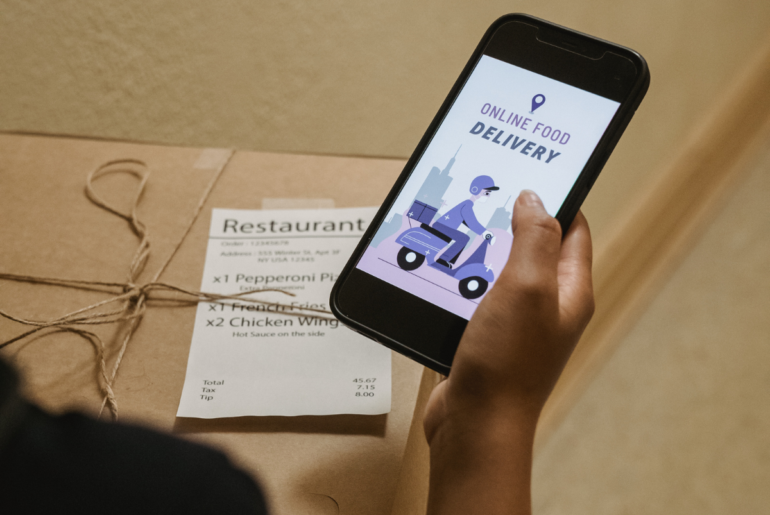School lunch looks a lot different today than it did when many parents were in school themselves. In recent years, there has been a growing trend of students ordering their lunches from meal delivery services like Uber Eats and DoorDash—and their parents and teachers alike have mixed feelings about it.
The pros of meal delivery
In some areas, the trend is so popular that schools have had to establish policies to manage or limit the presence of delivery drivers on school grounds. Students who participate say they want access to food that they enjoy more than what the school provides.
Parents who support their kids ordering delivery meals say they want their kids to eat a full meal at school, and if the only way they’ll eat enough is to choose something they know they enjoy from a restaurant, then it’s worth the expense and potential disruption. These parents may not have the time in their week to make and pack lunches for their kids to take to school, so delivery is the next best option if they want their kids to eat a complete meal during the school day.
The cons of meal delivery
Teachers and faculty at schools where meal delivery is a common practice have voiced concerns about the potential risks. Their biggest worry is the risk to school safety that could be posed by allowing unknown adults to enter school grounds to deliver meals to students. Some students even meet their delivery drivers at side entrances or ask their food to be passed over fencing on the school’s perimeter—decreasing the likelihood that school staff will be aware of the presence of an unknown adult on campus.
Teachers have also voiced concerns about the disruption caused by students leaving class to receive their orders, sometimes for up to 30 minutes at a time. Ordering meal delivery also requires students to be on their phones during school hours, causing further distraction.
Often the meals students have delivered are fast food or otherwise low in nutritional value, compared to the more balanced options most schools offer. Finally, there is the concern of unequal access to meal deliveries for students with fewer financial resources, which can cause feelings of inferiority or animosity between students.







